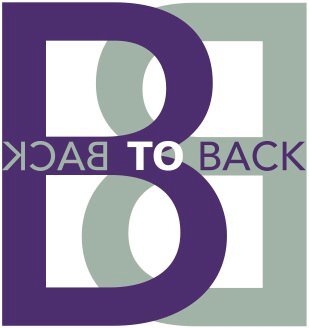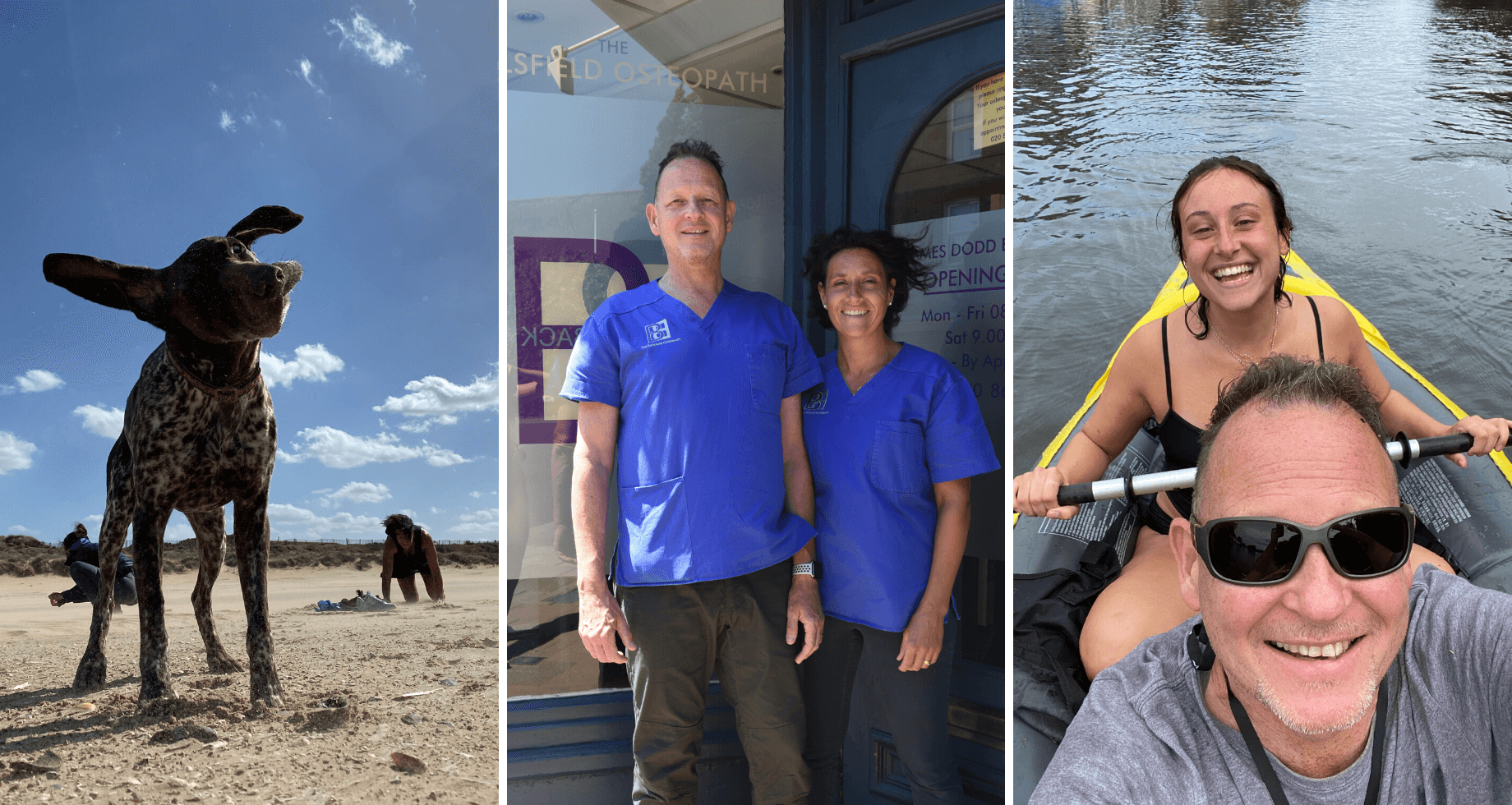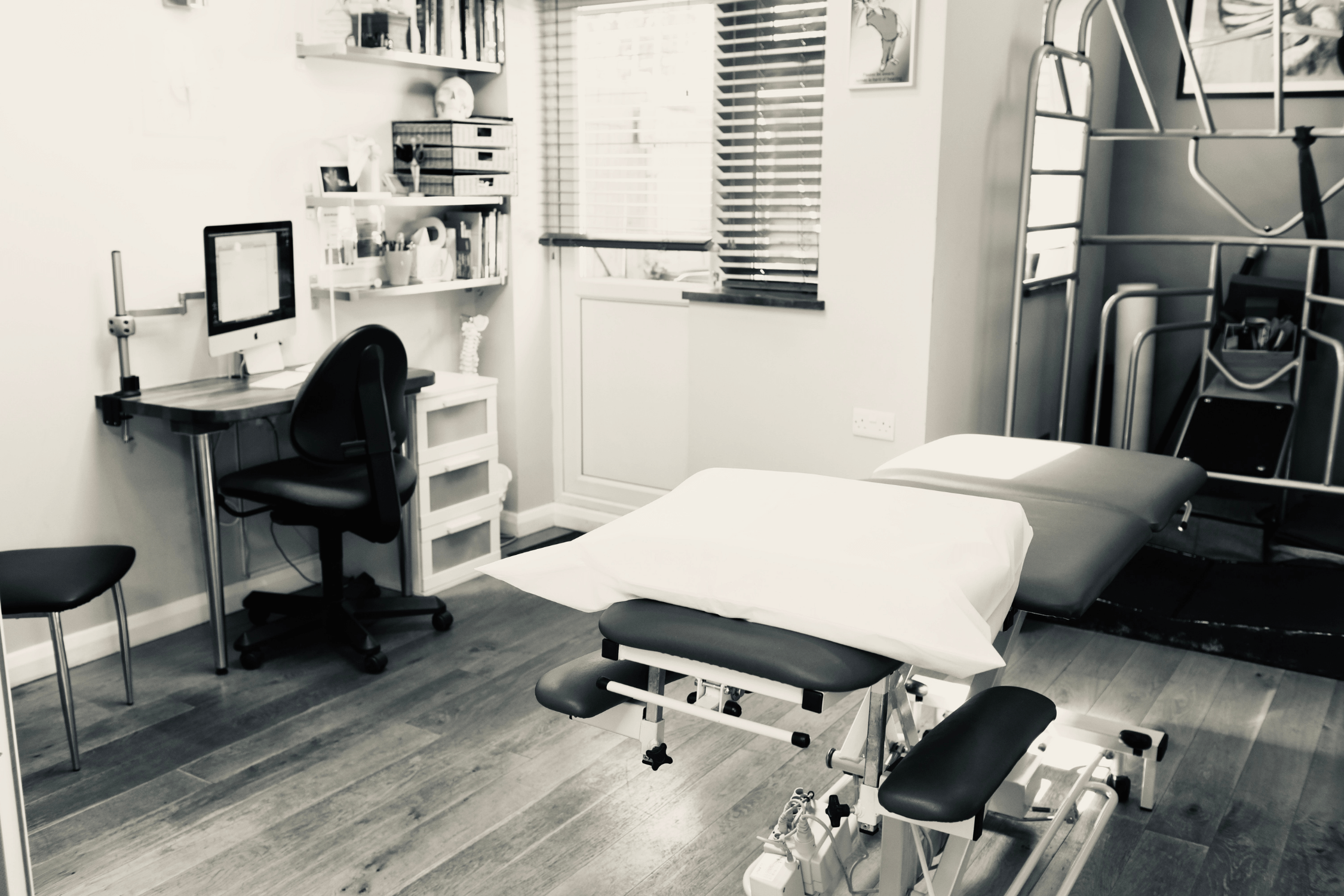Osteopathic therapy, physiotherapy, chiropractic care and massage share a common philosophy: The integrity of the spine is important in ensuring good health. In fact, this philosophy is shared by almost all traditional healing arts and is also found in many modern alternative treatments.
Read MoreIf you sprain your ankle on the tennis court, the first port of call is usually the clubhouse freezer. But is ice actually doing you more harm than good?
Read MoreResearch has shown that a course of acupuncture can reduce symptoms of headaches by more than 50% and in some people acupuncture has been reported to eliminate their symptoms altogether!!
Read MoreNutririon tips for marathon runners…
Read MoreLower leg pain can come on for unseasoned runners or those that change their training routine too quickly without laying suitable foundations. This could be switching to lots of hill running or adding in more speed work.
Read MoreSever’s Disease in children; the cause and treatment.
Read MoreArthritis can affect people both physically and mentally and the pain it may cause can be extremely draining.
Read MoreTechniques between Osteopaths, Chiropractors and physiotherapists can differ hugely, but spinal manipulation is what we do best!
Read MoreI have been an Osteopath since 1999 and part and parcel of being an osteopath is having a thorough understanding of anatomy, biomechanics as well as medicine and pathology.
Read MoreIt is important that when testing the ROM available of the hip, it should be tested in normal function, upright (not just lying on a plinth) and with the hip in a flexed and extended position, since movement may be possible in one motion, but restricted into the other.
Read MoreThey are the adductor brevis, longus, magnus oblique and magnus vertical. The brevis and longus attach onto the posterior medial part of the femur, not just on the medial part as most people talk about.
Read MorePart 1 of this article looked at giving readers a better understanding of Hypermobility Syndrome (HMS) and the implications it may have on the musculoskeletal system. Having a greater understanding of the common problems associated with hypermobility syndrome, how it is diagnosed and its relationship to other connective tissues disorders provides us with a solid base by which we can then go about developing a corrective exercise program. Part 2 aims to provide a more extensive look at assessing the hypermobile patient and taking a region specific approach to training.
Read MorePart 1 of this article looked at giving readers a better understanding of Hypermobility Syndrome (HMS) and the implications it may have on the musculoskeletal system. Having a greater understanding of the common problems associated with hypermobility syndrome, how it is diagnosed and its relationship to other connective tissues disorders provides us with a solid base by which we can then go about developing a corrective exercise program. Part 2 aims to provide a more extensive look at assessing the hypermobile patient and taking a region specific approach to training.
Read More













